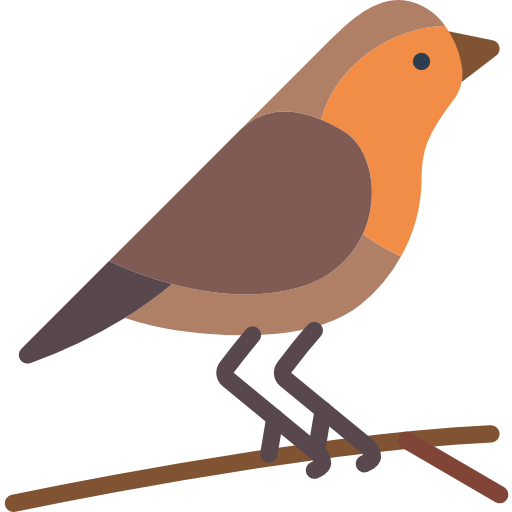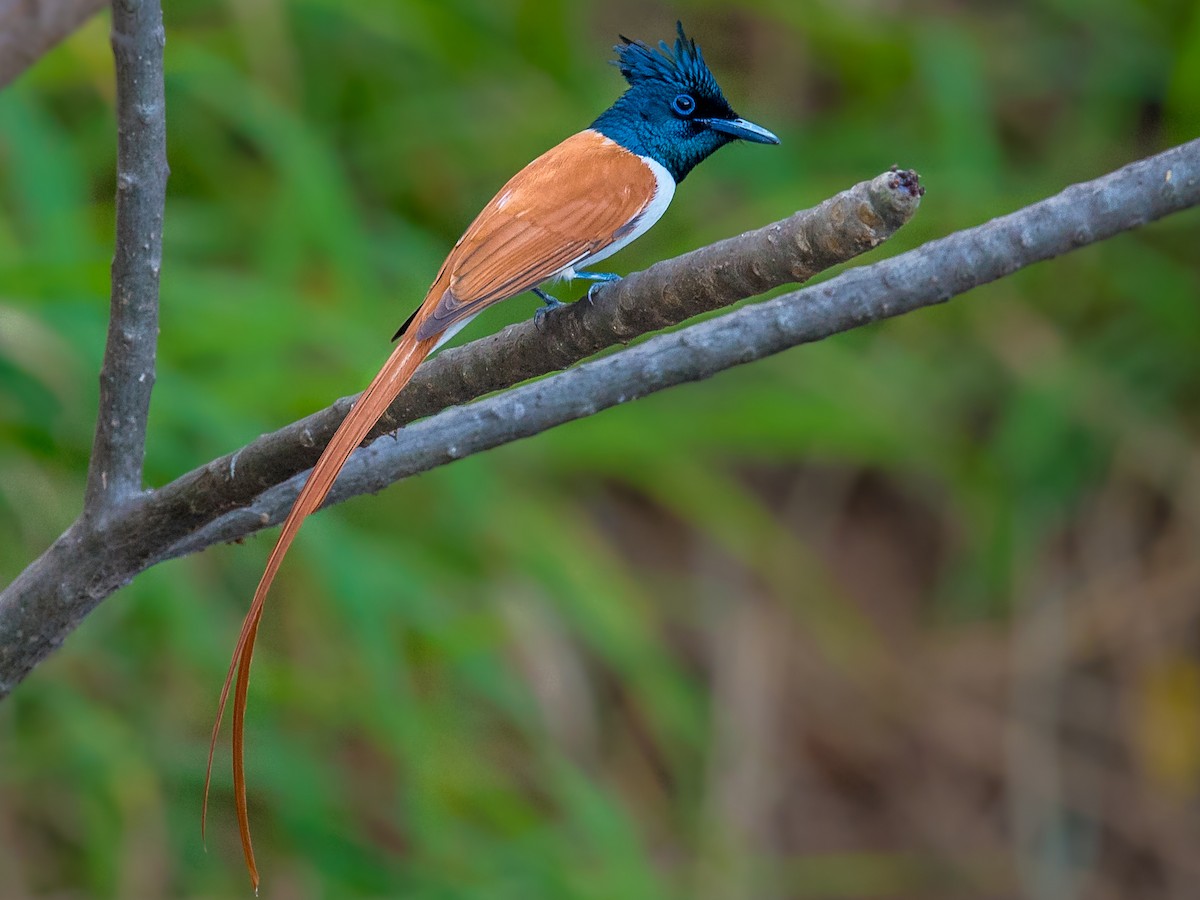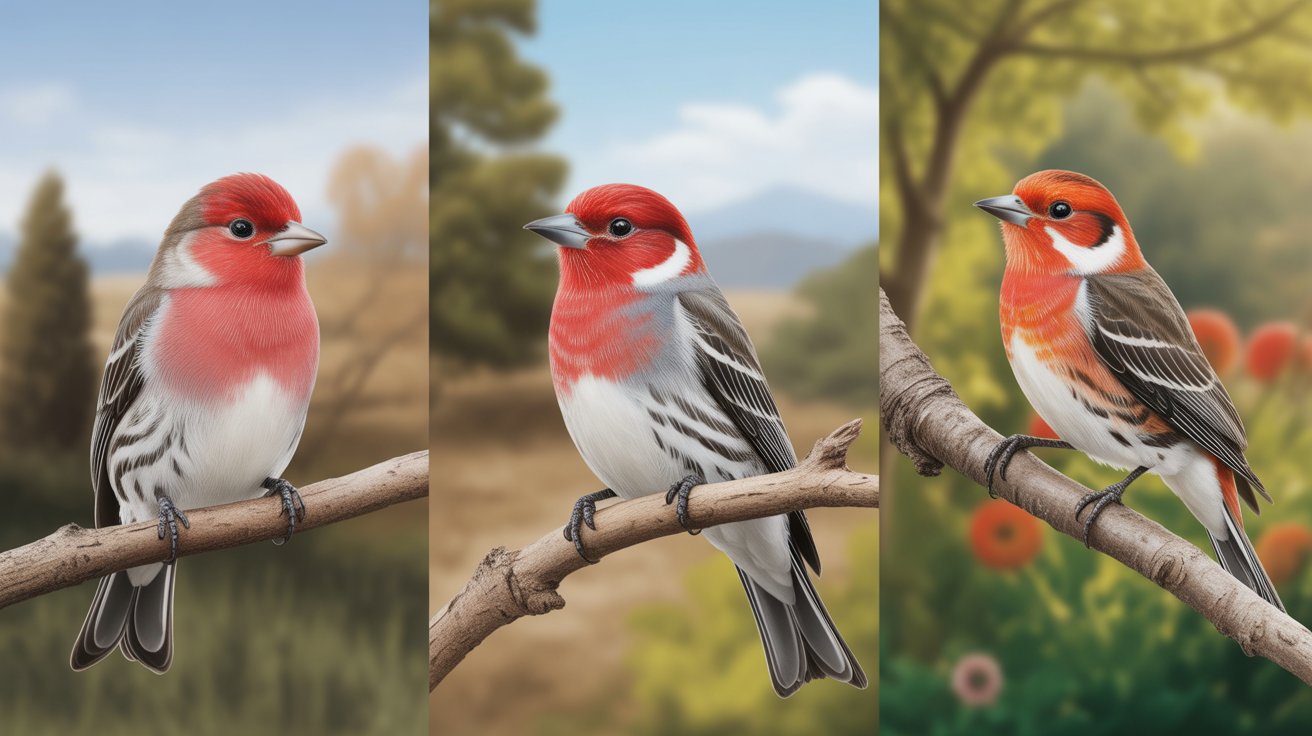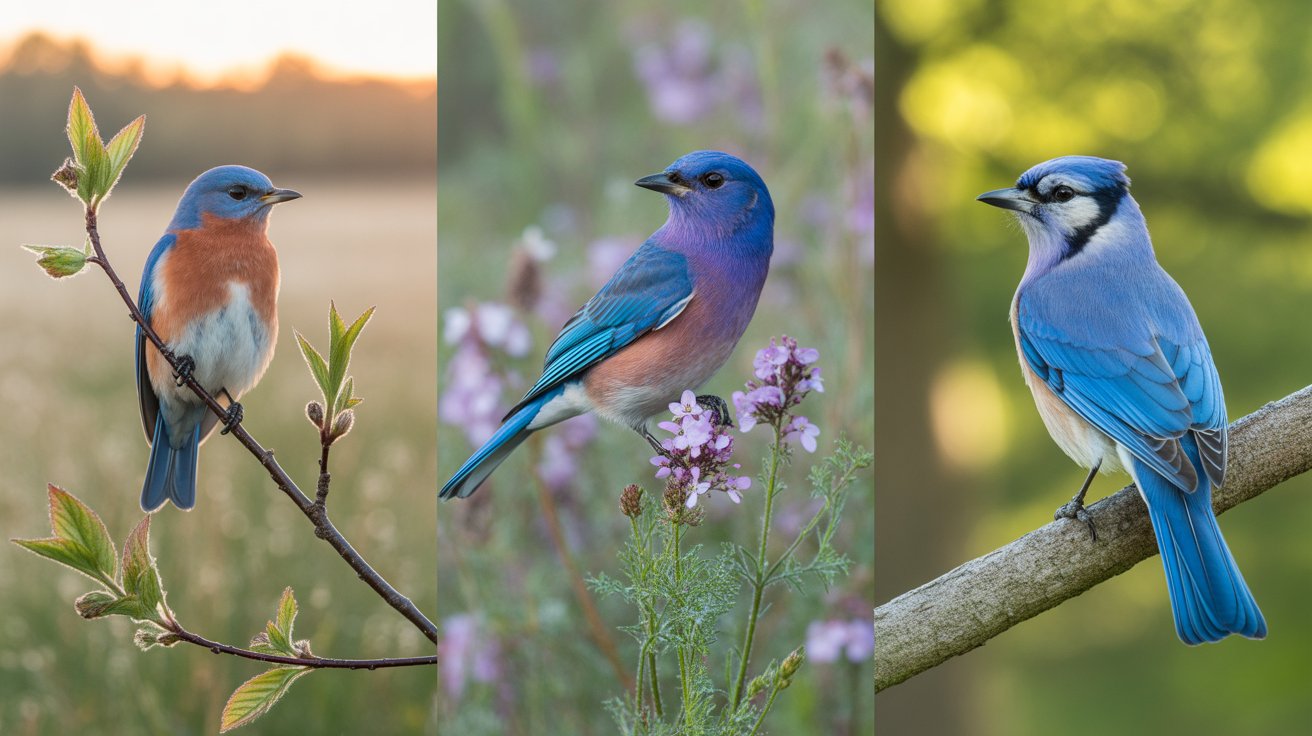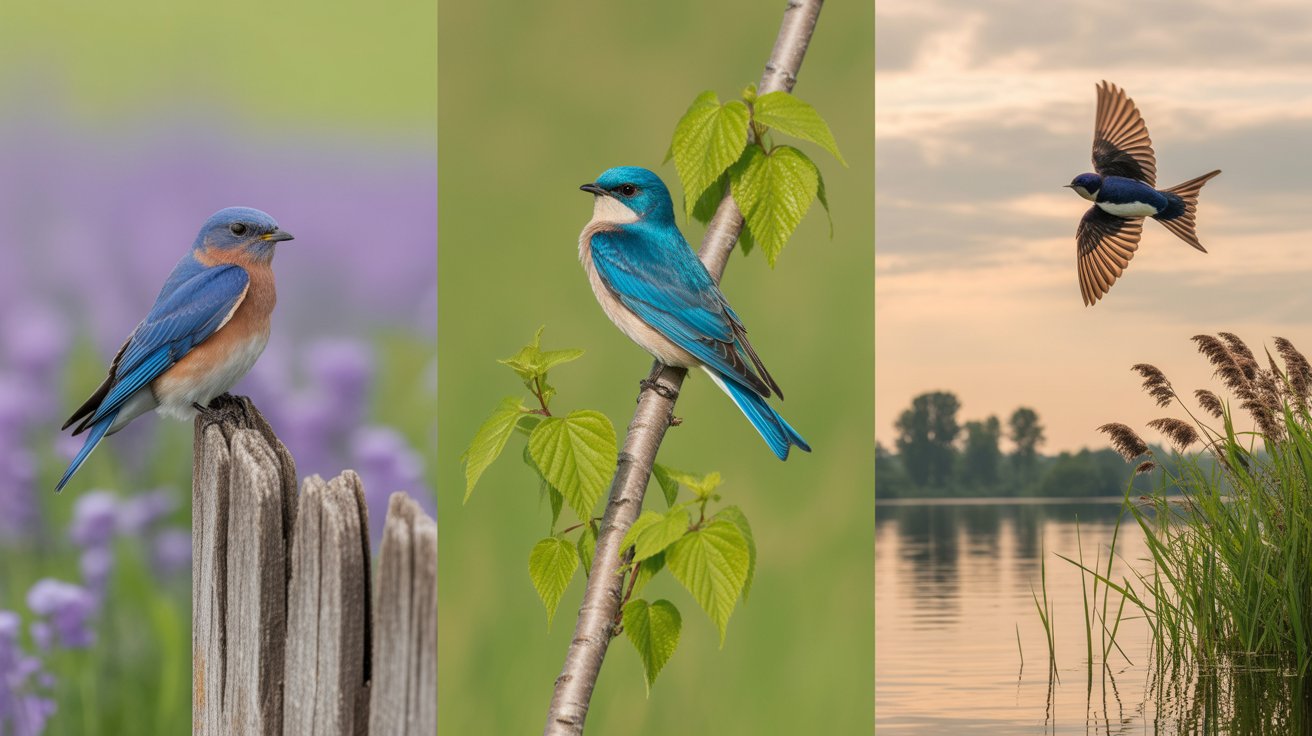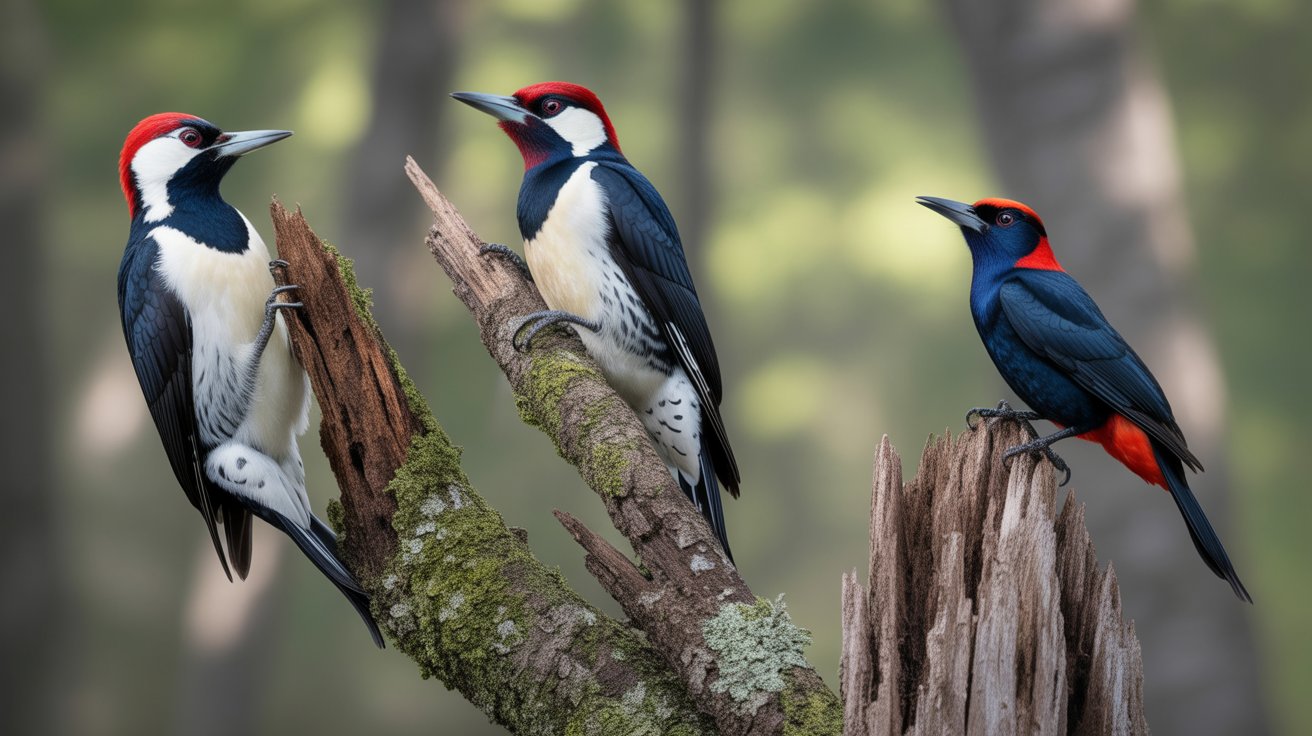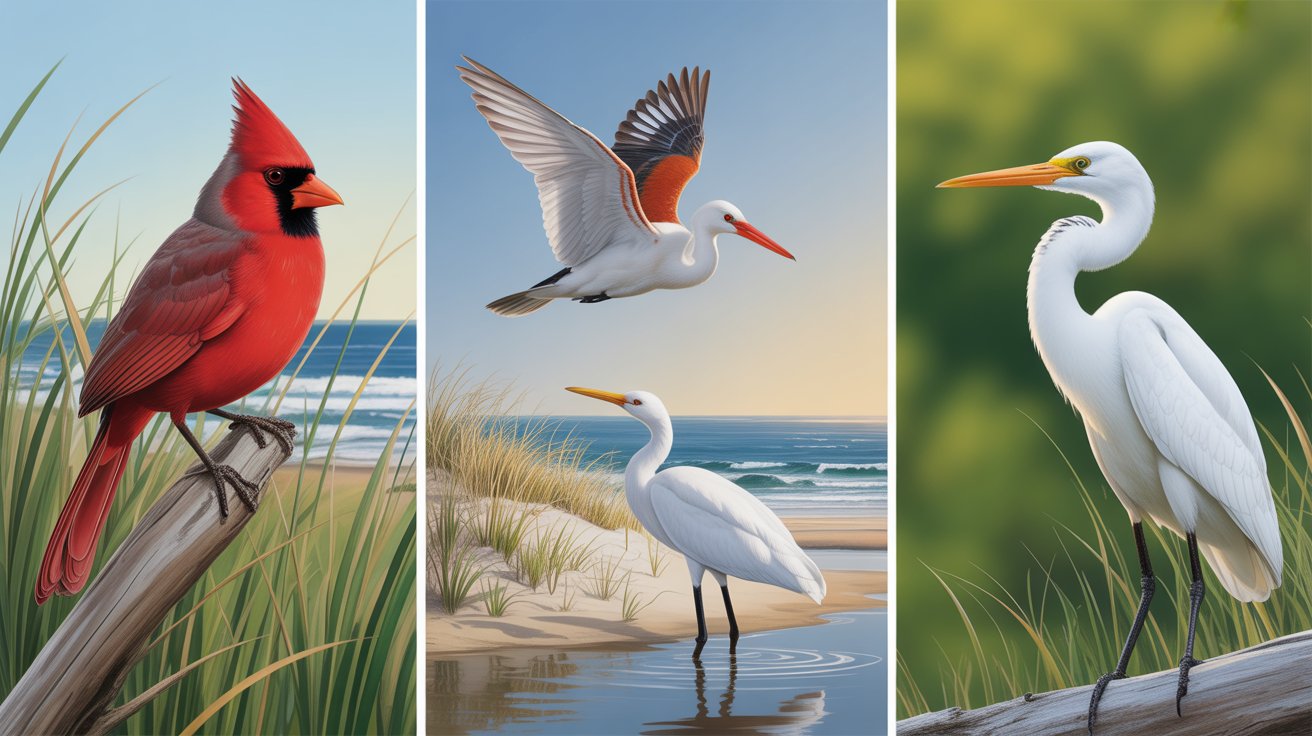If you’re a bird lover or simply someone who enjoys the wonders of nature, the Indian Paradise Flycatcher is a bird that will captivate your imagination. With its long, flowing tail and graceful movements, this species is often considered one of the most beautiful birds found in the Indian subcontinent. Whether you’ve seen one darting through the forest or in a quiet garden, its charm is unforgettable.
You might be surprised to learn that this bird isn’t just a visual treat—it also has an interesting lifestyle, with unique nesting behavior, diet, and seasonal movements. From its color-changing plumage to its elaborate mating displays, the Indian Paradise Flycatcher is a perfect blend of elegance and mystery.
In this article, you’ll discover everything you need to know about this avian beauty—from its scientific classification and stunning physical traits to where it lives, how it behaves, what it eats, and how it raises its young. We’ll also uncover some lesser-known facts that make this bird a true marvel of the natural world.
Indian Paradise Flycatcher
Scientific Classification
To truly appreciate this bird, it’s helpful to understand its scientific background. Here’s a quick breakdown of where the Indian Paradise Flycatcher fits in the avian world:
- Scientific Name: Terpsiphone paradisi
- Family: Monarchidae
- Order: Passeriformes
- Genus: Terpsiphone
- Common Names: Indian Paradise Flycatcher, Asian Paradise Flycatcher
Previously considered a subspecies of the Asian Paradise Flycatcher, it is now recognized as a distinct species, particularly in India and Sri Lanka.
Physical Description
The Indian Paradise Flycatcher is most famous for its graceful appearance. Males are especially eye-catching, with their long, ribbon-like tail feathers that can measure up to 30 cm (nearly the length of their body). However, what’s really fascinating is their plumage color, which can be either white or rufous (chestnut brown).
- Length: 19–22 cm (without tail streamers); up to 40 cm with tail in males
- Wingspan: Approximately 20–25 cm
- Weight: Around 12–19 grams
Males typically have a glossy black crested head with shiny blue or black eyes and a black throat. Their body may be chestnut or pure white depending on the morph. The white morph is especially admired due to its ethereal, ghost-like appearance in flight.
Females, on the other hand, are mostly rufous above and pale underneath, with shorter tails and a less prominent crest. Their plumage is more practical for nesting and camouflage.
One of the striking features is their slender black beak, ideal for catching flying insects. The eyes are encircled with blue orbital skin, giving the bird an alert, vibrant appearance. Both sexes sport a neat black crest, but it’s more prominent in males.
Habitat and Distribution
If you’re planning to spot one, you’ll need to know where they live. Indian Paradise Flycatchers prefer well-wooded habitats, especially deciduous forests, tropical and subtropical forests, wooded gardens, and even city parks. They often perch quietly in the mid-canopy, waiting to swoop down on flying insects.
Their distribution spans a wide area:
- Countries: India, Sri Lanka, Nepal, Myanmar, Bangladesh, and parts of Pakistan
- Altitude Range: Sea level up to 2000 meters
- Migration: This species is partially migratory. Northern populations often migrate to southern India and Sri Lanka during the winter months.
They are commonly found in India during the breeding season, from April to August. In winter, they are more frequently seen in peninsular and southern India.
Behavior
Indian Paradise Flycatchers are both elegant and energetic. Despite their delicate look, they’re agile hunters. Their behavior includes short bursts of rapid flight, twisting and turning in mid-air to catch insects. You’ll often see them flicking their long tails while perched.
These birds are generally solitary or seen in pairs, especially during the breeding season. Outside the breeding period, they may join mixed-species flocks. Their calls are soft, sharp, and repetitive—often a tswee-tswee sound that carries well in the forest.
They are territorial during breeding season and are known to chase intruders from their nesting area. Males perform aerial displays with exaggerated tail movements to attract females.
Diet
As flycatchers, their diet primarily consists of insects, especially flying ones. Their feeding habits are fascinating to watch—they usually perch quietly, scan their surroundings, and then take off to snatch prey in mid-air.
Some of their favorite meals include:
- Beetles
- Moths
- Termites
- Dragonflies
- Ants
- Wasps
They use a technique called “hawking”—waiting for a flying insect and catching it with swift aerial maneuvers. Occasionally, they may also pick insects off leaves or bark.
Breeding and Nesting
Breeding is a spectacular event in the life of the Indian Paradise Flycatcher. It typically begins in late spring to summer (April to August in India), often triggered by the arrival of the monsoon rains.
- Nesting Sites: Forks of branches in trees, often well-camouflaged
- Nest Type: Small cup-shaped nest made of twigs, roots, moss, and cobwebs
- Eggs: 2–4 eggs, pale pink or whitish with speckles
- Incubation Period: Around 14–16 days
- Parental Care: Both parents share responsibilities of incubation and feeding
The male is extremely protective during this time and often performs decoy flights to distract predators. After hatching, the chicks grow rapidly and fledge within two weeks. The young birds look more like the female until they gradually develop adult plumage.
Interesting Facts
- Color Morphs: The species is unique for having two color morphs in males—rufous and white. Both are equally common and can interbreed.
- State Bird: It is the state bird of Madhya Pradesh, reflecting its cultural and ecological significance in India.
- Molting: Males take several years to grow their full tail streamers. Young males may look like females for a season or two.
- Camouflage Nesting: Their nests are so well-hidden that even trained birders may miss them unless they see the adult fly in.
- Migration Mystery: Despite extensive study, many details about their precise migratory routes and wintering grounds remain unclear.
Frequently Asked Questions
1. What is the difference between male and female Indian Paradise Flycatchers?
Males have long tail streamers and may be either white or rufous. Females are always rufous and lack the long tail. Both sexes have a black crest and blue eye-rings.
2. Are Indian Paradise Flycatchers endangered?
No, they are currently listed as Least Concern by the IUCN. Their population is stable, though habitat loss could be a future threat.
3. What is the lifespan of an Indian Paradise Flycatcher?
In the wild, they can live up to 8–10 years, although exact data is limited.
4. Where can I spot an Indian Paradise Flycatcher in India?
You can find them in forested regions across India, including national parks like Jim Corbett, Kanha, and Silent Valley. They’re most visible during the breeding season.
5. Do Indian Paradise Flycatchers sing?
They don’t sing melodious tunes like some songbirds, but their calls are soft, sharp, and rhythmic. They often use repeated chirps or “tswee-tswee” calls to communicate.
Conclusion
The Indian Paradise Flycatcher is more than just a pretty bird—it’s a symbol of grace, agility, and survival. With its long, streaming tail and vibrant behavior, it’s no wonder birdwatchers across Asia hold it in high regard. Whether you’re lucky enough to spot one in a lush forest or watch it nesting quietly in your backyard, this bird never fails to leave a lasting impression.
Understanding its habitat, feeding habits, and breeding cycle gives you a deeper appreciation of how remarkable this species truly is. As natural habitats face threats from urban expansion and deforestation, knowing more about these birds helps in their conservation and encourages efforts to protect their environment.
So next time you’re walking through a wooded trail or sitting quietly in a park, keep your eyes open. You might just catch a glimpse of those fluttering white tail feathers or hear the soft call of a bird that embodies the spirit of the Indian wilderness.
